When talking about audio cables, the terms jack, coaxial and cinch are often used. However, they usually cause more confusion than clarity. These terms initially only refer to the construction of cables or connectors, but not to specific types of audio cables. Read on as we break those terms down.
3 Basics of cables
Jack: The size and assignment of jack plugs differ depending on the version – recognisable by the different number of plastic rings on the shaft of the plug connection. Analogue mono and stereo signals are usually transmitted from players to loudspeakers or headphones via the cables. Almost everyone has already plugged the 3.5 mm jack of their headphones into the corresponding output on a smartphone, notebook or system. But the plug connection can also be used to transmit optical signals (via TOSLINK).
Cinch: Cinch or RCA plugs are also a widely used type of connector for audio cables. In contrast to jack plugs, analogue signals are transmitted via two cinch cables or a Y-cinch cable with two plug connections. The plug for the right channel is red, the one for the left channel white or black. Cinch plugs can also transmit digital signals. Both analogue and digital cinch connectors are used in conjunction with coaxial cables.
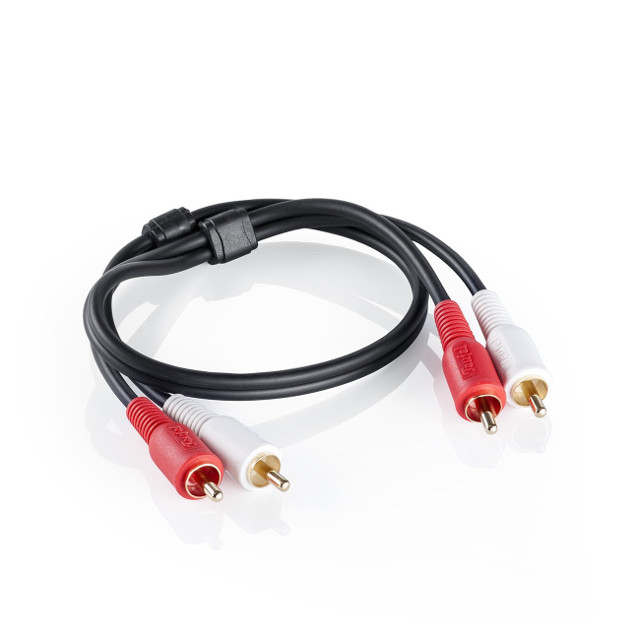
Coaxial cable: RCA connectors are used to connect cables with coaxial architecture in the audio sector. “Coaxial” means that a cable consists of inner and outer conductors insulated from each other. The analogue or digital signal flows through the inner conductor. The decisive difference between coaxial cables for analogue and digital signals is the so-called impedance (resistance). Digital signals require a resistance of 75 Ohm. Analogue coax cables, on the other hand, usually work with 50 Ohm.
Audio cables and plugs available at Teufel
[product id=”26965,26969″]
Overview of the most important question
- 3.5 mm jack cable: jack cables – usually with 3.5 mm plugs – transmit analogue mono or stereo signals in home audio. Jack cables can also carry microphone signals and other external signals. The corresponding inputs to the sound card are usually called line-in, the headphone jacks are called line-out.
- Analogue coax cables (RCA): These cables are primarily used to transmit analogue stereo signals. It is also possible to cable a 5.1 system with an analogue 5.1 RCA set. This can be useful, for example, if you want to connect a Blu-ray player to an older AV receiver without HDMI interfaces.
- Digital coax cable: A digital coax cable can carry digital stereo and multi-channel signals from the player to the amplifier. It works in conjunction with the so-called SPDIF interface. A disadvantage: The transfer rate is not sufficient for high-resolution or uncompressed audio formats such as Dolby True HD.
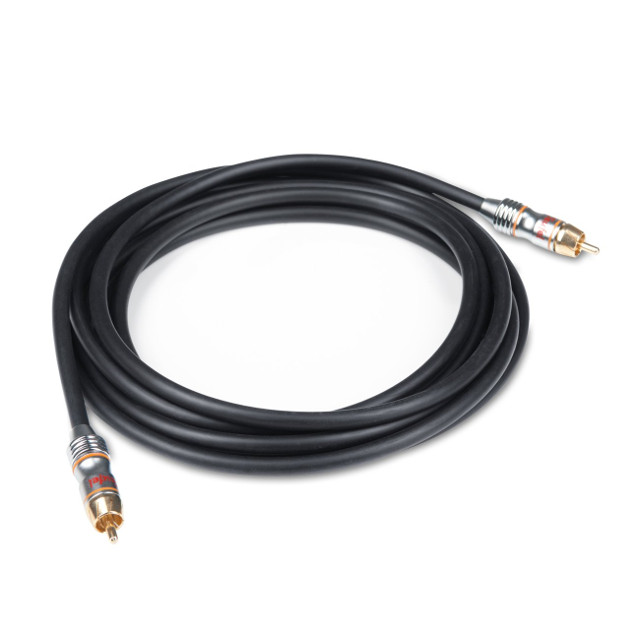
- TOSLINK: TOSLINK cables are set up like digital coax cables on the SPDIF interface. However, the signal is not transmitted via electrical impulses, but via light signals. This is why these audio cables differ from coax cables in their construction and plug connection. Great advantage of optical transmission: The signal is virtually resistant to interference.
- XLR cables: Although XLR cables are rarely found in home cinema, they are all the more common in studio technology, for example in studio microphones. Analogue signals are usually transmitted via a 3-pin plug connection.
- HDMI: The audio/video interface is the measure of all things in modern home cinema. Its advantages: high bandwidth, low cable volume and low susceptibility to interference. We will explain whether it is also possible without cables at all in the article on Wireless HDMI. Here you will find detailed information on connecting speaker cables.
You can find all the information you need about connecting loudspeaker cables here.
Audio cable sets from Teufel
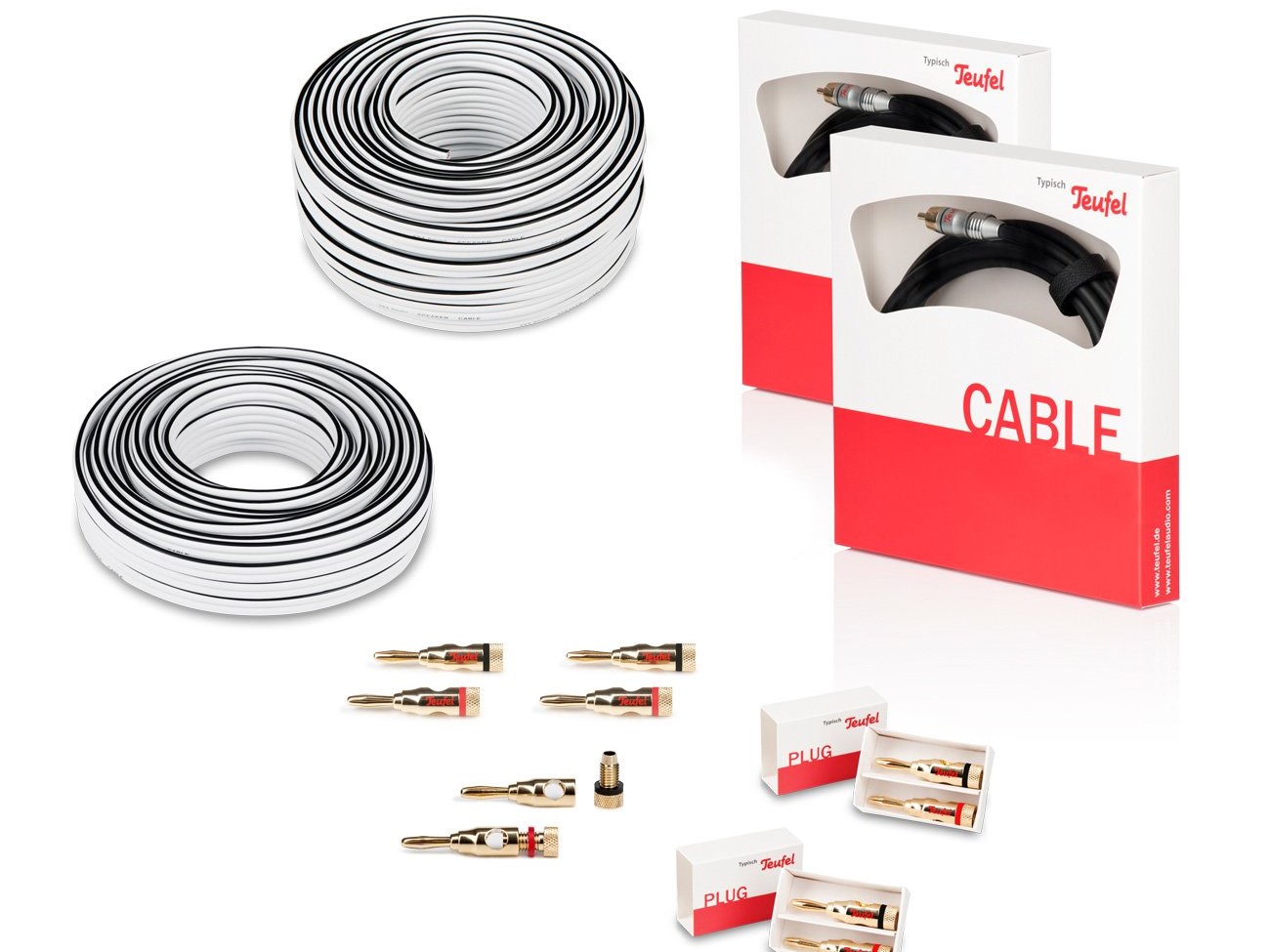
- ▶ 2.0 Stereo cable set “Performance”Opens in new tab: Here you have everything you need to get your speakers swinging. The set includes a 2.0 speaker cable, banana plugs and spikes for optimal speaker decoupling.
▶ The 5.1 PC cable set: With this set, you can bring audio signals safely from your computer to your system. The set consists of three cinch-jack adapters, three stereo cinch cables and one speaker cable.
More speaker accessories from Teufel
[product id=”27002,26995,27521″]
Conclusion: Three basic concepts for a clear view of audio cables
- While jack and cinch designate plug connections, coaxial refers to a specific cable construction.
- Coaxial cables with cinch connectors can transmit both analogue and digital audio signals.
- Cables with jack plugs are used in portable devices (smartphones) and for the input and output of sound cards.
- Both optical TOSLINK cables and analogue coaxial cables work in conjunction with the SPDIF interface.
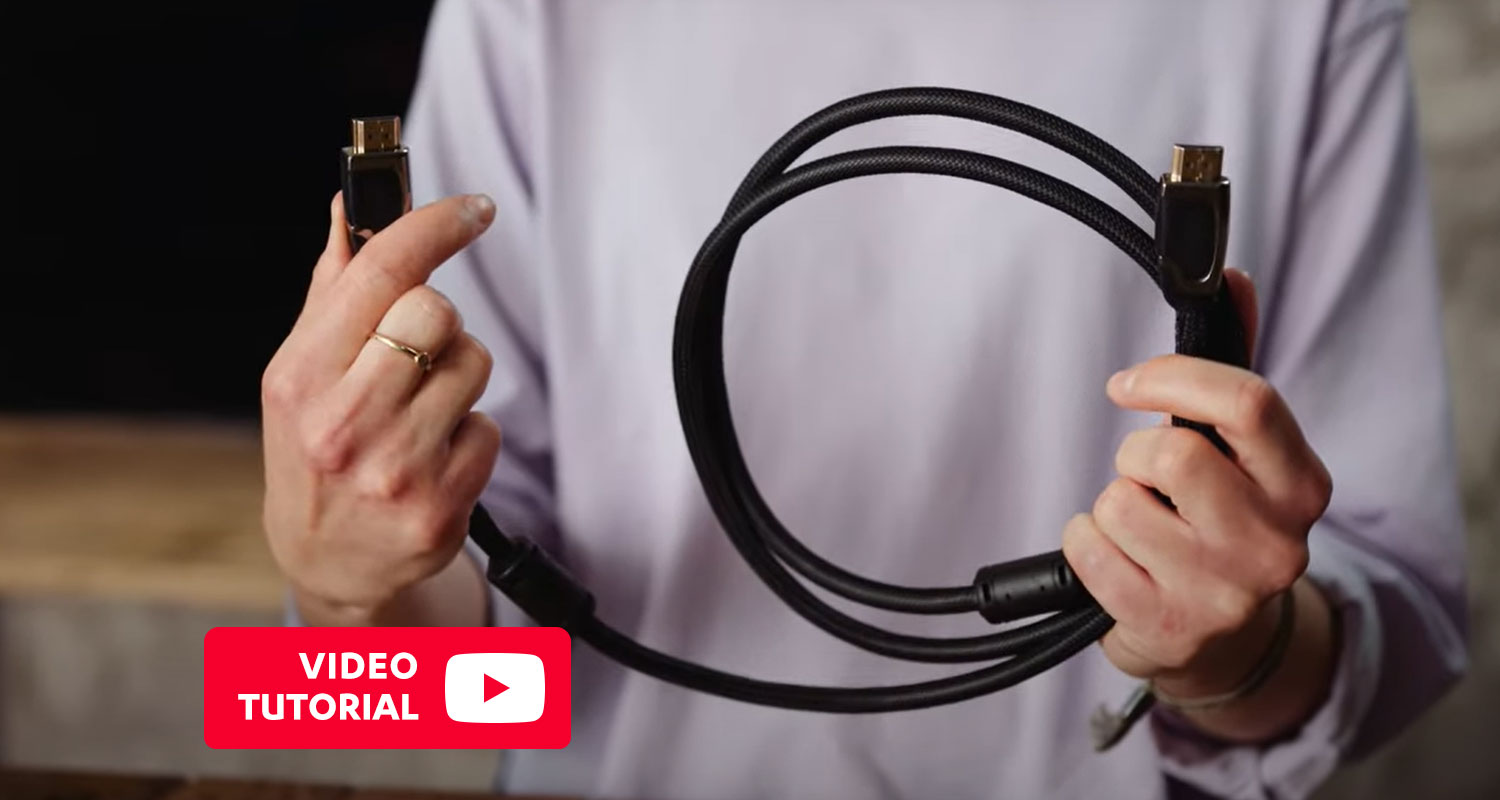

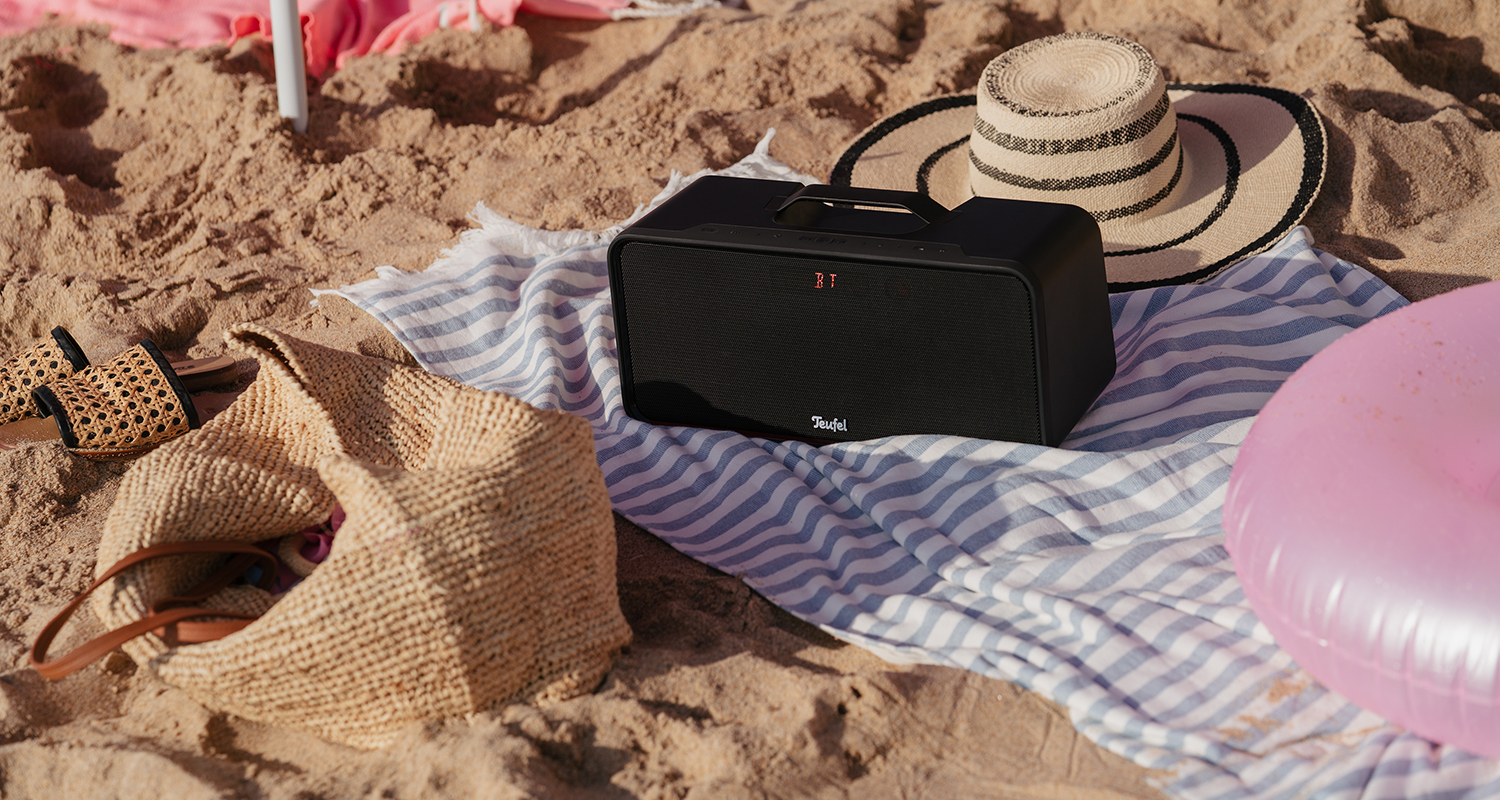
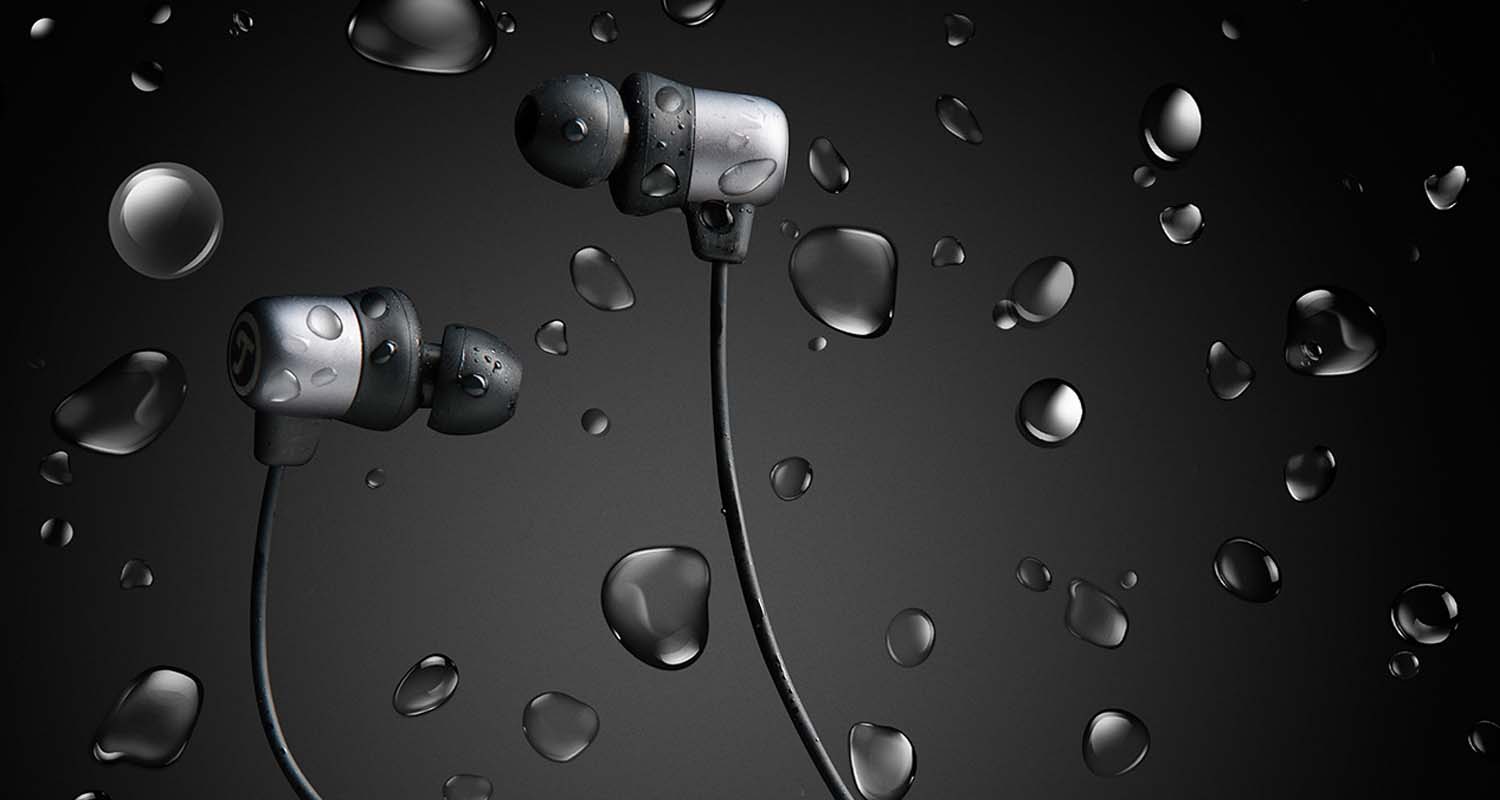
Leave a Reply